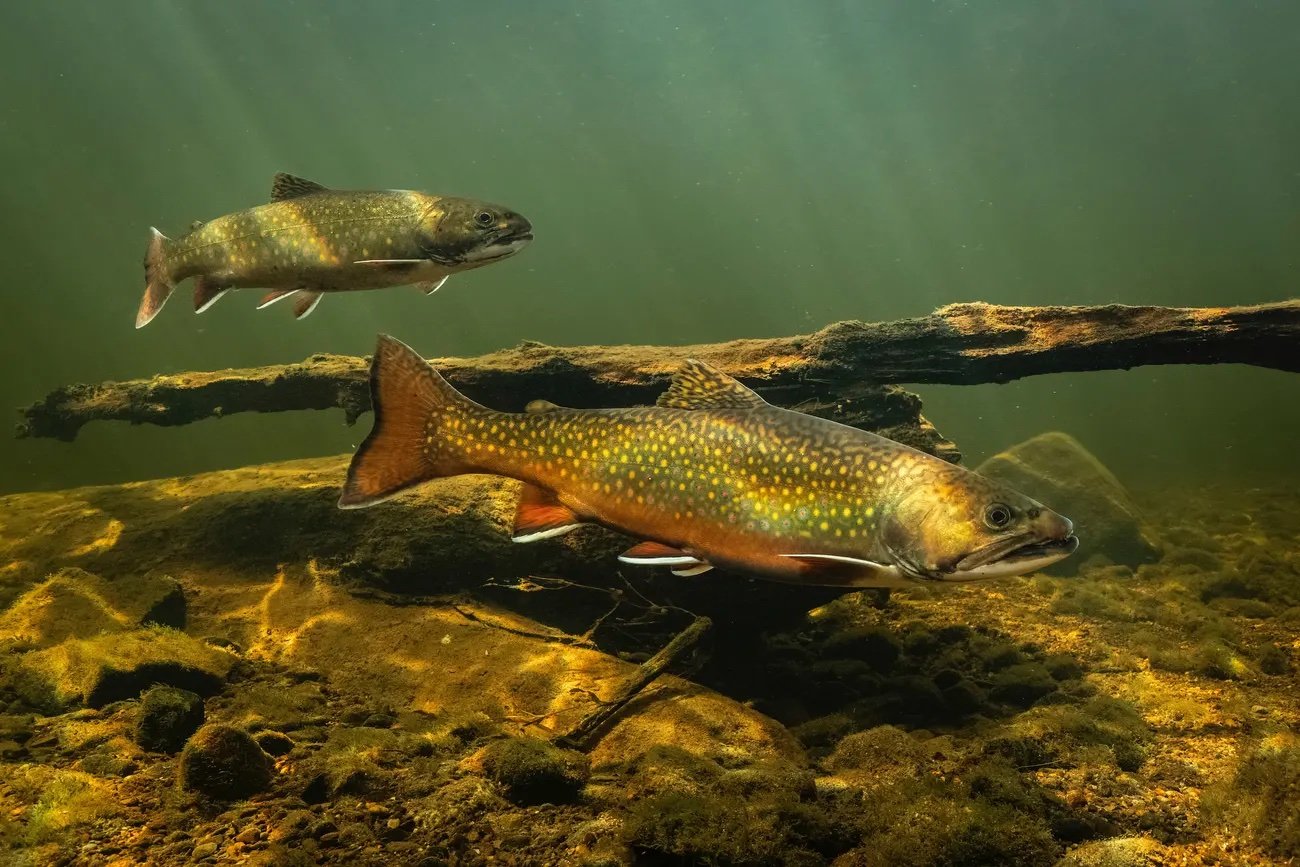Hakai Magazine
Mathieu Foulquie/Minden Pictures
“The European eel and the American eel—both considered endangered by the International Union for Conservation of Nature—make this extraordinary migration. The Sargasso is the only place on Earth where they breed. The slithery creatures, some as long as 1.5 meters, arrive from Europe, North America, including parts of the Caribbean, and North Africa, including the Mediterranean Sea. Hanel, a fish biologist and director of the Thünen Institute of Fisheries Ecology in Bremerhaven, Germany, makes his own month-long migration here alongside a rotating cast of researchers, some of whom hope to solve mysteries that have long flummoxed marine biologists, anatomists, philosophers, and conservationists: What happens when these eels spawn in the wild? And what can be done to help the species recover from the impacts of habitat loss, pollution, overfishing, and hydropower? Scientists say that the answers could improve conservation. But, thus far, eels have kept most of their secrets to themselves.”





















